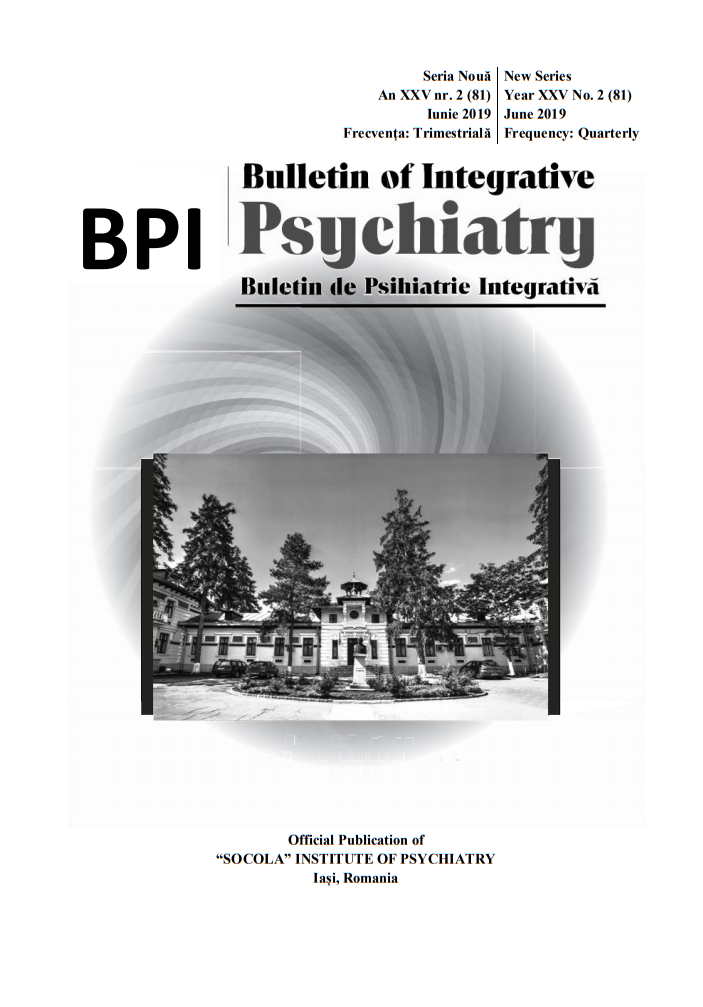Epidemiological study of drug addiction, psychological disorders and the incidence of the B/C Virus Hepatitis on an imprisoned population from district of Moldavia
Epidemiological study of drug addiction, psychological disorders and the incidence of the B/C Virus Hepatitis on an imprisoned population from district of Moldavia
Author(s): Agnes Iacinta Bacusca, Adorata Elena Coman, Elena Popa, Ana Maria Slănină, Adriana Cosmescu, Alberto Emanuel BacușcăSubject(s): Health and medicine and law
Published by: Editura Sedcom Libris Iasi
Keywords: Imprisoned population; viral hepatitis B; C; drug addiction;
Summary/Abstract: The bulk of the subject population was made of 211 (39%) prisoners of the 20-29 age group, 148 prisoners of the 30-39 age group (27%), with a precarious marital status and having a low level of education. The frequency of the subjects who administer drugs by injection shots was significantly higher at the VHB/C group (10,2%), as compared to the witness group (2,4%), a frequency which is statistically significant (p=0,001). The intake of cocaine as crack was small in both investigated groups (7,4% vs 4,2%), as the frequency differences were statistically insignificant (p=0,264). Based on the type of aggression, by drawing the ROC curve it is confirmed that self-aggression is an important risk factor. Physical aggression was present with 57,1% of the subjects (57,1% vs 42,9%) with previous criminal records, sexual aggression with 73% (73% vs 27%), whereas self-aggression with (58,5% vs 41,5%,). Incarcerated individuals suffer from a consistent psychiatrically and somatically pathology, as compared to the general population. It needs specific, multi-disciplinary measures. The psychotherapy component plays an important part in preventing the spread of the disease.
Journal: Buletin de Psihiatrie Integrativa
- Issue Year: 81/2019
- Issue No: 2
- Page Range: 55-62
- Page Count: 8
- Language: English

